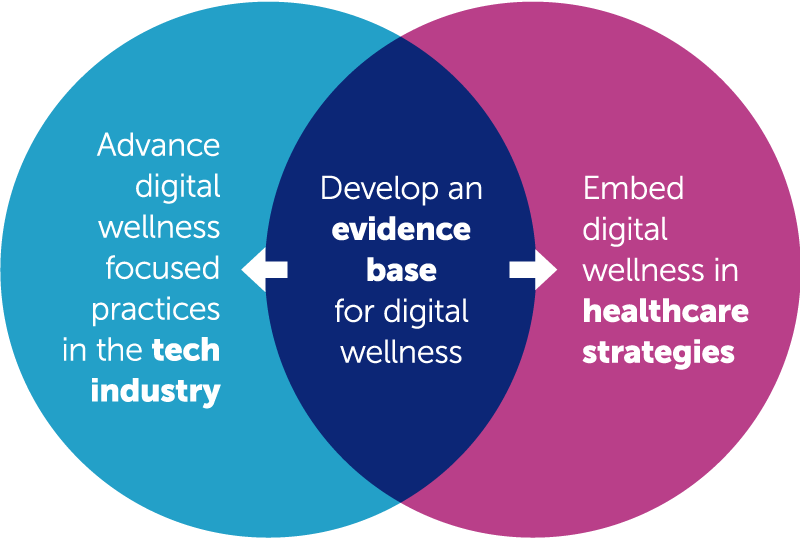What is a Delta in Science: Complete Guide to Scientific Applications
Understand delta in scientific context
The term” delta” hold significant importance across multiple scientific disciplines, serve as both a symbol and a concept that represent change, difference, and transformation. From the triangular Greek letter δ use in mathematics to the massive landforms create by rivers, delta encompass a wide range of scientific applications that impact our understanding of the natural world.
Scientists use delta to describe variations, measurements, and phenomena that involve change or difference. This versatility make it one of the virtually oftentimes encounter terms in scientific literature, laboratory work, and field research.
Delta as a mathematical symbol
In mathematics and physics, the uppercase Greek letter delta (δ )represent change or difference between two values. This fundamental concept appear in countless equations and formulas across scientific disciplines.
Change and difference calculations
When scientists write ex, they refer to the change in variable x. For example, if temperature increase from 20 ° c to 30 ° c, the delta temperature (δat)equal 10 ° c. This notation provide a standardized way to express variations in measurements, make scientific communication more precise and universal.
The lowercase delta (δ )serve different purposes, oftentimes represent small changes or partial derivatives in calculus. Engineers use this notation when analyze systems that undergo gradual modifications or when calculate rates of change in complex systems.
Applications in physics and chemistry
Physics rely heavy on delta notation for describe motion, energy changes, and thermodynamic processes. The famous equation ex = VT represent displacement, where delta x show the change in position over time. Likewise, he represent energy changes in chemical reactions or physical processes.
Chemistry use delta to indicate enthalpy changes (δoh) entropy changes ( ( is)nd gibbGibbse energy changes ( δg(.kg)se measurements help scientists predict reaction spontaneity, calculate energy requirements, and understand molecular behavior.
Geological deltas: river mouth formations
River deltas represent some of earth’s virtually dynamic and ecologically important landforms. These triangular or fan shape deposits form where rivers meet larger bodies of water, create unique ecosystems that support diverse plant and animal communities.
Formation process
Rivers carry sediment downstream during their journey to the ocean, lakes, or other water bodies. When flow water abruptly slow upon enter these larger bodies, it loses the energy need to transport sediment. This material settle and accumulates over time, build up layers that finally emerge above water level.
The process continue for thousands of years, create extensive wetland systems that serve as natural filters, flood controls, and wildlife habitats. The Mississippi River delta, Nile delta, and gangs bBrahmaputradelta exemplify how these formations can span thousands of square miles.
Ecological significance
River deltas support incredible biodiversity, serve as nurseries for fish species, nesting grounds for migratory birds, and home to specialized plant communities adapt to brackish water conditions. These ecosystems provide essential services include water filtration, storm protection, and carbon storage.
Agricultural communities have thrived in delta regions for millennia due to the rich, fertile soils deposit by rivers. The annual flooding cycles that historically characterize many deltas bring fresh nutrients and organic matter, create some of the world’s virtually productive farmland.
Delta in biology and medicine
Biological sciences employ delta notation to describe various phenomena, from genetic variations to physiological changes. Medical research specially benefits from this standardized approach to measure differences and changes in biological systems.
Genetic and molecular applications
Geneticists use delta to indicate gene deletions, where δ follow by gene names show miss genetic material. For example, δ32 indicate a 32 base pair deletion in a specific gene. This notation help researchers communicate genetic variations distinctly and systematically across studies.
Molecular biology research use delta when describe protein modifications, enzyme activity changes, and cellular responses to environmental stimuli. These measurements provide crucial data for understand disease mechanisms and develop therapeutic interventions.
Physiological measurements
Medical professionals regularly use delta values when monitor patient health. Blood pressure changes, heart rate variations, and laboratory test result differences all employ delta notation. For instance, δ glucose might represent the change in blood sugar levels earlier and after a meal or medication.
Clinical trials rely intemperately on delta measurements to evaluate treatment effectiveness. Researchers compare baseline values with post treatment results, calculate delta values to determine whether interventions produce statistically significant improvements.

Source: tffn.net
Engineering and technology applications
Engineering disciplines extensively use delta concepts for system analysis, quality control, and performance optimization. From structural engineering to software development, delta measurements help professionals make informed decisions about design and implementation.
Control systems and automation
Control engineers use delta notation when design systems that respond to change conditions. Temperature control systems, for example, measure at to determine when heating or cool adjustments are necessary. This approach ensure precise environmental control in manufacturing, laboratory, and residential applications.
Automation systems rely on delta measurements to detect anomalies, trigger responses, and maintain optimal operating conditions. These applications range from simple thermostats to complex industrial process control systems manage chemical reactions or manufacturing operations.
Signal processing and communications
Electronic engineers use delta modulation techniques for convert analog signals to digital format. This method measure the difference between consecutive signal samples, create efficient data compression and transmission systems use in telecommunications and audio processing.
Delta sigma converters represent advanced applications of this concept, provide high resolution analog to digital conversion for precision measurement instruments and high quality audio equipment.
Environmental science applications
Environmental scientists use delta measurements to track changes in ecosystems, monitor pollution levels, and assess the impacts of human activities on natural systems. These applications provide critical data for conservation efforts and policy development.
Climate change monitoring
Climatologists track temperature changes (δat) precipitation variations ( ( up)nd atmospheric composition differences use delta notation. These measurements help scientists understand long term climate trends and predict future environmental conditions.
Ice core analysis rely on delta measurements to reconstruct historical climate conditions. Scientists measure isotope ratios and chemical compositions, use delta values to infer past temperatures, precipitation patterns, and atmospheric conditions span thousands of years.
Pollution assessment
Environmental monitoring programs use delta measurements to track contamination levels in air, water, and soil. By compare current measurements with baseline values, scientists can identify pollution sources, assess remediation effectiveness, and protect public health.
Ecological restoration projects employ delta measurements to evaluate success rates and adjust management strategies. These applications help ensure that conservation efforts produce measurable improvements in ecosystem health and biodiversity.
Practical laboratory applications
Laboratory work across all scientific disciplines rely on delta measurements for quality control, calibration, and result interpretation. Understand these applications help students and professionals conduct accurate experiments and analyze data efficaciously.
Calibration and standardization
Analytical instruments require regular calibration use known standards. Scientists calculate delta values between measured and expect results to determine instrument accuracy and precision. This process ensure reliable data collection and maintain laboratory quality standards.
Method validation procedures use delta measurements to establish acceptable performance criteria. Laboratories define maximum allowable differences between duplicate measurements, reference standards, and control samples to maintain data integrity.
Data analysis and interpretation
Statistical analysis often employs delta calculations to determine whether observed differences represent genuine effects or random variation. Researchers use these measurements to calculate confidence intervals, perform hypothesis testing, and draw valid conclusions from experimental data.
Quality assurance programs rely on delta measurements to identify systematic errors, monitor long term performance trends, and ensure consistent results across different operators, instruments, and time periods.
Future developments and emerging applications
Scientific applications of delta concepts continue to expand as new technologies and research methods emerge. Advanced computational methods, improved measurement techniques, and interdisciplinary collaboration create opportunities for innovative delta applications.
Artificial intelligence and machine learning systems progressively use delta base algorithms for pattern recognition, anomaly detection, and predictive modeling. These applications span from medical diagnosis to environmental monitoring, demonstrate the continued relevance of delta concepts in modern science.
Nanotechnology research employ ultra precise delta measurements to characterize materials at the atomic scale. These capabilities enable the development of new materials, medical treatments, and electronic devices that require unprecedented precision and control.

Source: YouTube.com
The versatility and fundamental importance of delta in science ensure its continue prominence across all scientific disciplines. Whether represent mathematical changes, geological formations, or biological variations, delta concepts provide essential tools for understanding and describe our complex world.



